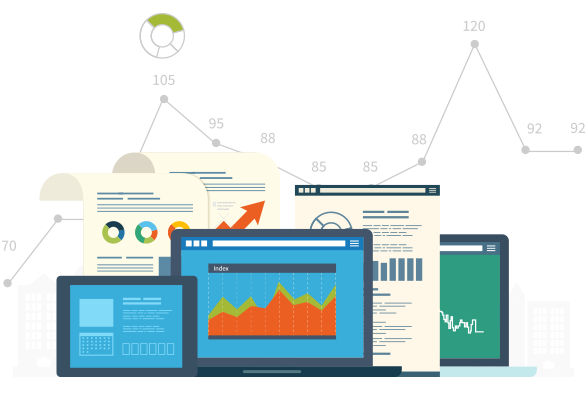This rings true for small and medium-sized businesses looking to improve their ITSM practices, as they leap from being a reactive IT help desk to offering a proactive IT service desk, and soon, covering other ITSM activities through incident management, problem management, change management, and more.
How can you ensure that your company ends up with the right ITSM management application? In this article, we’ll help you understand how to implement and get the most value out of your ITSM tool.
1. Be certain with the reason why you’re implementing ITSM
Why does your company need an ITSM management application? What current issues will it resolve? What new possibilities will it provide your organization?
There are different ways how ITSM tool integration can benefit your company:

Less IT staff needed
You can cut down the staff you need to hire as the ITSM management application can take care of incidents and service request tickets created by end-users.
-
Reduced end-user downtime
Since there will be accurate logging and allocation of service requests, fix times are reduced significantly.
-
Cost-savings
Gathering knowledge and reusing it can save you time, effort, and money. Instead of doing everything from scratch whenever there’s an incident, you can just use your knowledge base to support end-users. Self-help through FAQs and easy to implement fixes will be readily available whenever needed.
-
Happier staff and customers
The improved processes can drive the satisfaction of customers and staff alike, making them happier.
-
Ask yourself what you need from this ITSM implementation
Before you implement your ITSM management application, make sure that you know what you’re spending your time and money on. This needs to be understood before you create your requirements list and begin with your ITSM selection process. Once this preliminary work is done, you can move on to the next step.
2. Prepare for ITSM software selection and implementation
Modern ITSM management applications are robust and pervasive. They directly interact with people across the organization, whether they are part of the IT department or not. They could also influence third party companies working for you.
To get the most value out of your ITSM tool, you need to set up and operate it in a way that will suit your needs best. Luckily, ITSM tools offer flexibility so you can design them based on your liking. Read on to get some idea on how to design your ITSM tool.
Create a stakeholder map
Know the costs
Set realistic timescales
Identify the people who will be involved with the ITSM tool and let them know about it before you start. It will be difficult to get them on board later on if they were left out to begin with.
One of the things you need to consider when implementing an ITSM tool is the cost associated with it. Make sure that your budget is enough to pay for everything you need to support your journey towards greater ITSM maturity. This may include vendor services, third-party consultancy, and training costs, among others.
ITSM management application implementation may depend on various factors. First, the tool you will choose. Take note that each tool has its own complexity. Second, the level of process adoption. The more capabilities implemented, the longer time it takes to finish deployment. Lastly, the level of available resources will dictate how quickly, or slowly, the project will move. External factors should be weighed in here too, such as the integration to other IT and business systems. Involve your stakeholders when setting timescales for your ITSM tool implementation.
3. Create a Baseline
After understanding the reason why you are doing this, you’ll realize soon after the goal you want to achieve. In order to measure your success, you need to be aware of where you are now to measure your improvement. Here are some factors that will tell you if you’re ITSM factors are delivering value to the organization:
- Lesser outages
- Increased customer and end-user satisfaction
- Reduced cost of IT support
- Improves service availability
Conclusion
You need to ask yourself why, how, and when are you going to implement your ITSM tool to ensure that your business reaps from your ITSM investment. Contact ITarian to help you in implementing ITSM processes.